
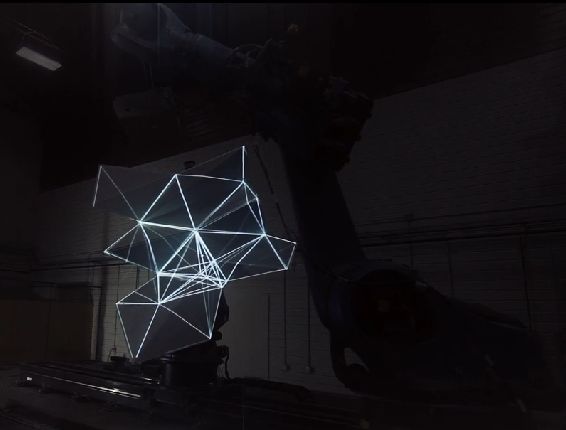
As part of an advanced design course, UCLA's Department of Architecture and Urban Design built a quasi-automated, transforming robotic installation with gesture-controlled visuals are layered over each surface.
Participants use Leap Motion gesture technology to interact with the visuals which are then mapped and projected, in real time, over the moving surfaces. The latter transforming as geometric shapes and patterns dance around them. The result is a cold, dark, and futuristic installation that aims to highlight the relationship between humans and machine, robot and robot, as well as exploring the potential for technologically led architecture.
Refik Anadol, Raman Mustafa, Julietta Gil and Farzad Mirshafiei collaborated with UCLA course leaders Guvenc Ozel, technology director at IDEAS UCLA and Casey Reas, professor at UCLA Design Media Arts. The premise was to examine the possibilities of architecture that is responsively designed, interacting not only with human bodies inhabiting a physical space, but moods, emotions, environment and "other physical and perceptual parameters" too.
Although this kind of automated architecture has rarely moved beyond the experimental, conceptual stage to date, it's clear the convergence of digital and physical is at the forefront in the minds of many creative thinkers.
Tokyo's teamLab recently designed a highly sensory experience that encouraged as much human interaction as possible: a maze comprising large, lit-up orbs made to reflect interactions on the web through social media. //////////fur//// , the German design studio, meanwhile, created a lighting installation that could be activated online but only turned off in person - the One-way Interaction Sculpture - highlighting tensions between on- and off-line worlds.
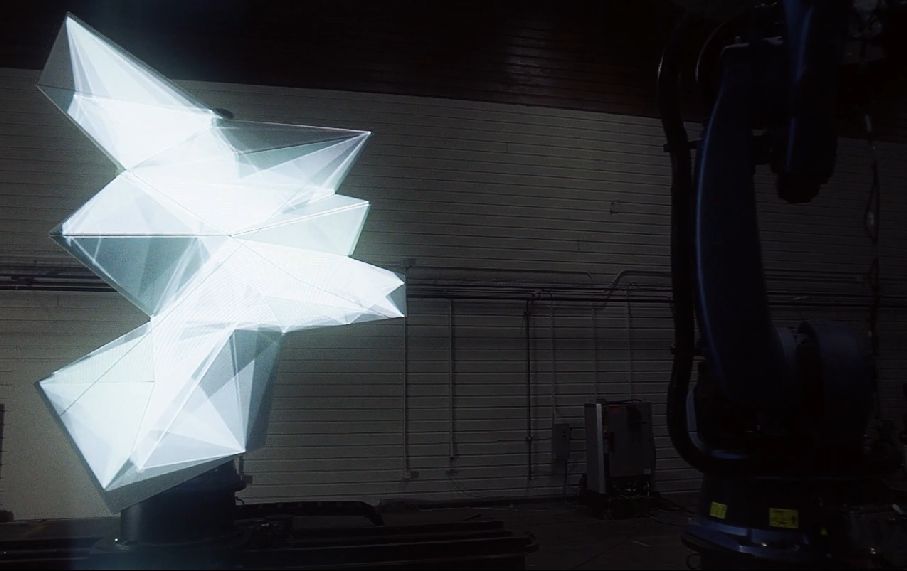
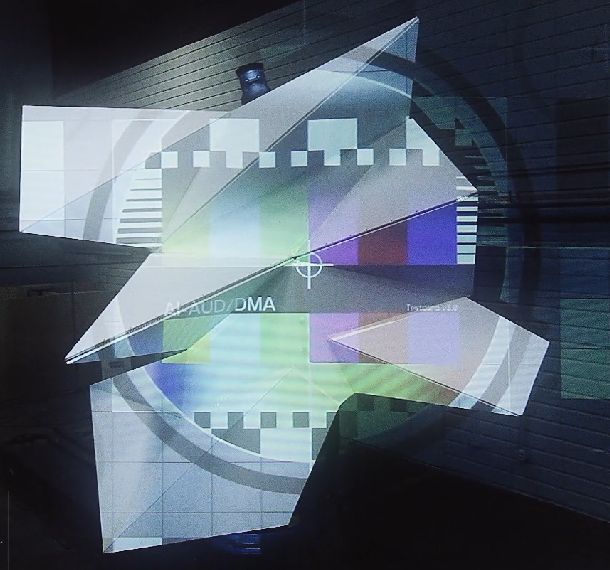
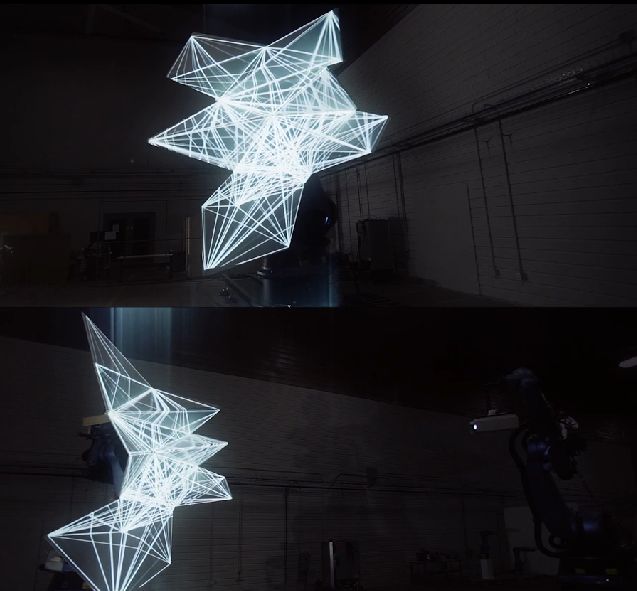


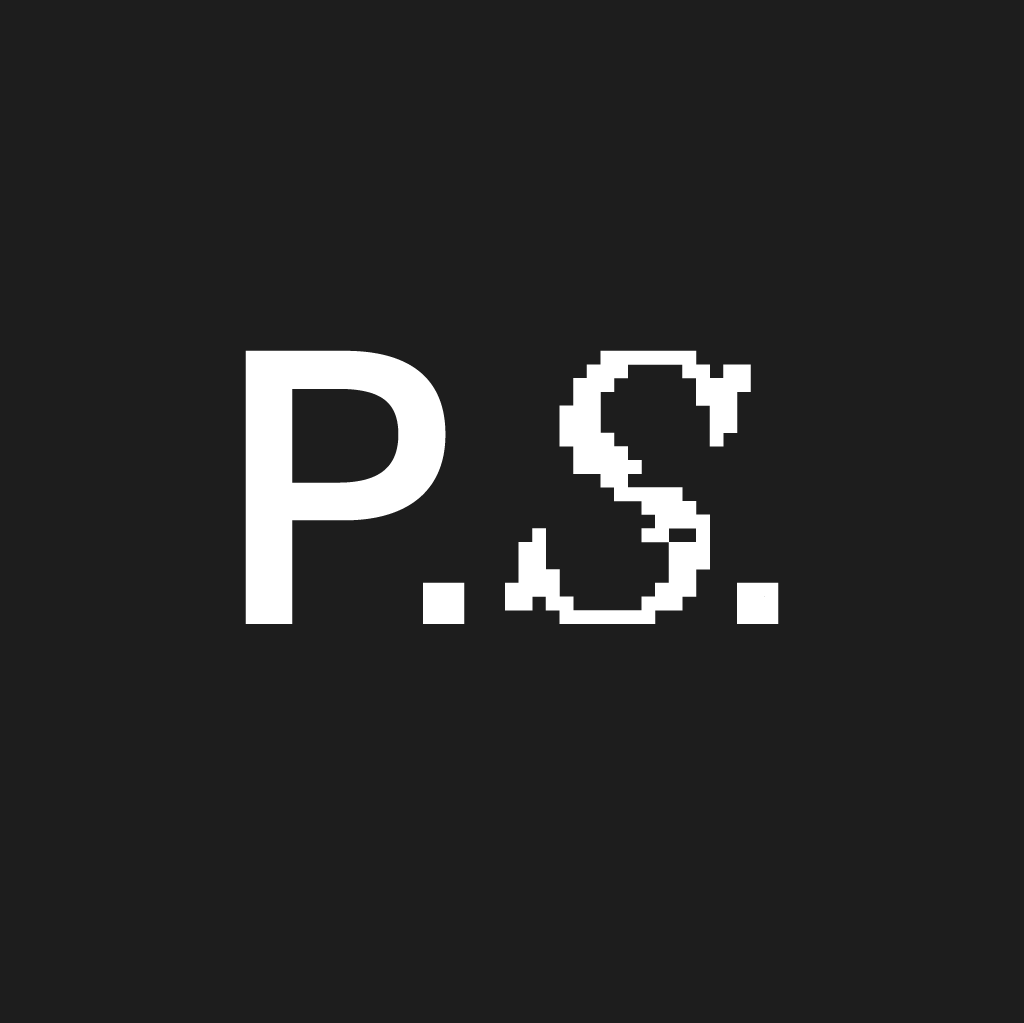
Discussion